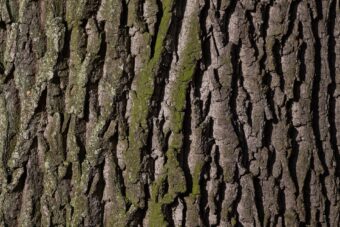
Recycling wood waste, including wood shavings and sawdust, into a building material stronger than steel – that’s a brief way of describing the experiment carried out by researchers at the University of British Columbia in Canada. The new process, developed by a team led by Orlando Rojas, is potentially revolutionary, experts believe, though it remains to be seen what it will look like in practice.
They called the material produced during the experiment “cured wood”. The initial idea was to optimize the use of wood so that even the parts that otherwise cannot be used, such as wood shavings, sawdust and broken and rotten parts, are brought back to use.
The process is based on separating the fibers from wood waste. Dimethylacetamide is used as the dissolver, in order to release the cellulose fibers present in the cell walls of the material. They then form new hydrogen bonds, which results in a material with better mechanical characteristics, not just compared to the commercially available laminated wood, but also to many metals.
More:
The secret, as Rojas explained for the New Scientist magazine, is in the use of the inherent tendency of cellulose to create very strong hydrogen bonds. Not only is material stronger than steel produced this way, but the treatment can be repeated several times on the same parts in order to extend the life cycle.
The question is whether this process can be optimized, but Rojas and his team have no doubts there, because, as they say, all the systems used in the experiment are already known and widely present in the wood industry.
Source: eKapija


